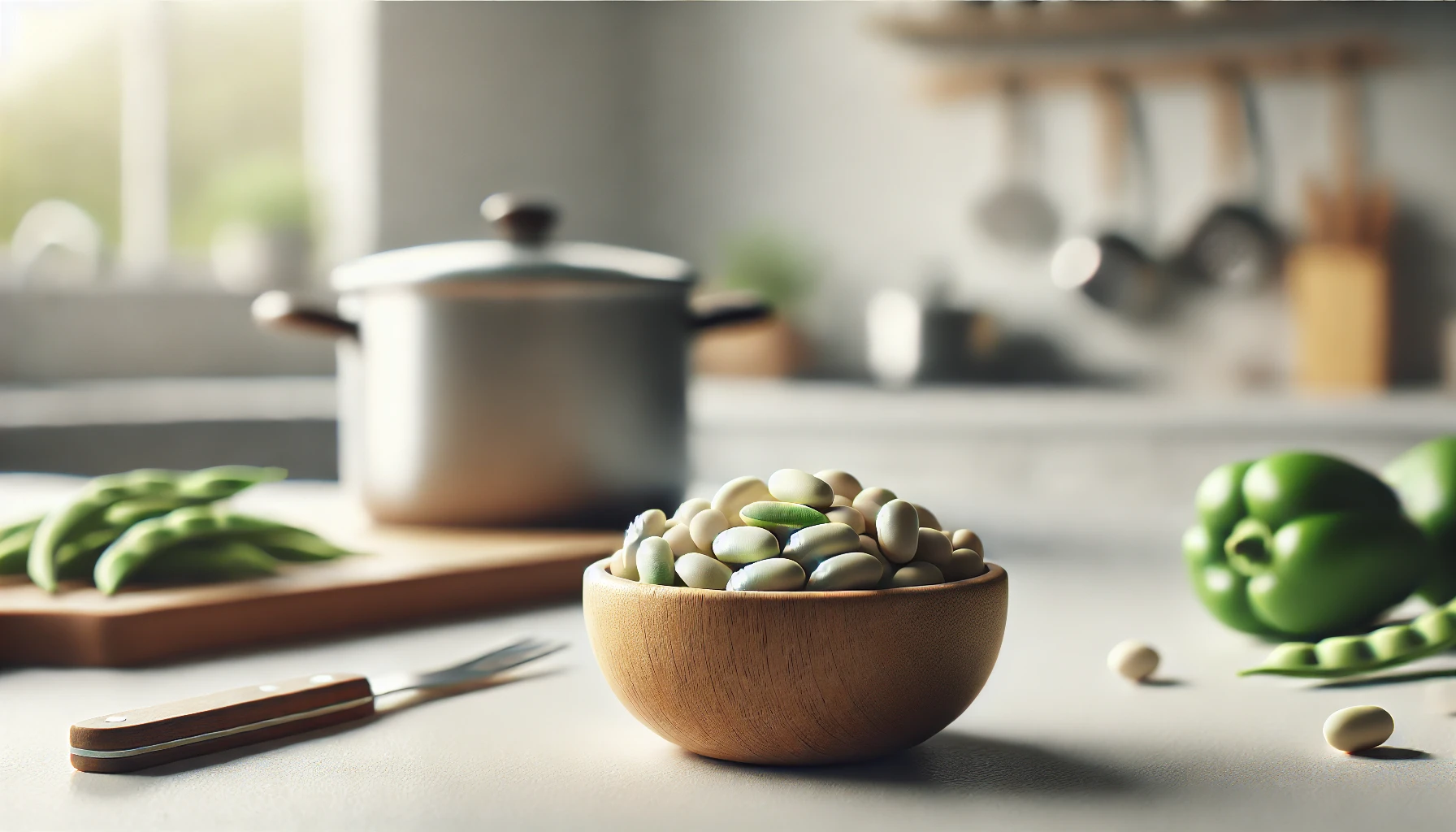Alternatives for Lima Beans
Lima beans, also known as butter beans, are creamy, large beans that are often used in soups, stews, and salads. If you don't have lima beans, there are various alternatives that offer a similar texture and taste. From cannellini beans to chickpeas, there is a suitable substitute for every recipe.
What are Lima Beans
Lima beans are large, flat beans with a soft and creamy texture. They have a mild, nutty taste and are often used in vegetarian dishes because of their nutritious properties. Lima beans are rich in protein, fiber, and vitamins, and are sold both fresh, dried, and canned.
In the Netherlands, lima beans are less known, but they are used internationally in dishes such as cassoulet and bean salads. For those who do not have lima beans, there are various types of beans with similar textures and flavors available.
Lima Beans Substitutes
- Cannellini Beans: These white beans have a soft texture and mild taste, similar to lima beans. They work well in stews and salads.
- Butterbeans: An almost identical substitute, also known as a variety of lima beans. They are creamy and versatile in use.
- Chickpeas: For a firmer texture and nutty taste, you can use chickpeas. They are suitable for salads and stews.
- White Beans: A general substitute with a neutral taste. Ideal for soups and casseroles.
- Adzuki Beans: For a slightly sweeter taste, you can use adzuki beans, especially in Asian dishes or salads.
- Green Peas: For a lighter option, you can use green peas. These are suitable for soups and fresh salads.
- Yellow Lentils: Although the texture is slightly softer, yellow lentils offer a similar creamy consistency in stews.
With alternatives such as cannellini beans, chickpeas, or white beans, you can easily replace lima beans in your recipes. Choose an option that suits the dish and the desired texture.
Are you missing an alternative?
Tip our editors via this form.
Thanks in advance.
Why Do People Look for an Alternative to Lima Beans?
There are several reasons why someone might be looking for an alternative to lima beans:
- Dietary restrictions: For individuals trying to eat low-carb, lima beans may contain too many carbohydrates.
- Availability: In some regions, lima beans may not always be readily available.
- Taste: Although lima beans are a popular choice, not everyone likes their specific taste.
- Texture: Some people look for alternatives with a different texture. The somewhat buttery texture of lima beans does not appeal to everyone.
Top 5 Frequently Asked Questions about Lima Beans
1. What are lima beans?
Lima beans are a type of shell beans that originally come from Central America. They are rich in protein, fiber, and other important nutrients.
2. How can I use lima beans in meals?
Lima beans can be used in a wide variety of dishes, including soups, stews, and salads. They can also be mashed and used as a base for dips or spreads.
3. What are good substitutes for lima beans?
Good alternatives to lima beans can include other shell beans such as edamame or chickpeas. These beans have similar nutritional profiles but can vary in taste and texture.
4. Are lima beans healthy?
Yes, lima beans are very nutritious. They are an excellent source of fiber, protein, and important vitamins and minerals.
5. Do lima beans need to be soaked before cooking?
Yes, like many other dried beans, lima beans usually need to be soaked before they are cooked to shorten the cooking time and improve digestibility.
Nutritional Value of Lima Beans
Below you will find a table with the average nutritional value per 100 grams of lima beans:
| Nutrient | Amount per 100 grams |
|---|---|
| Energy | 115 kcal |
| Carbohydrates | 20 g |
| - Sugars | 1.8 g |
| Proteins | 7 g |
| Fats | 0.4 g |
| - Saturated | 0.1 g |
| Fiber | 7 g |
| Sodium | 2 mg |
Note: The exact nutritional values can vary depending on the preparation method and the specific type of lima beans.
